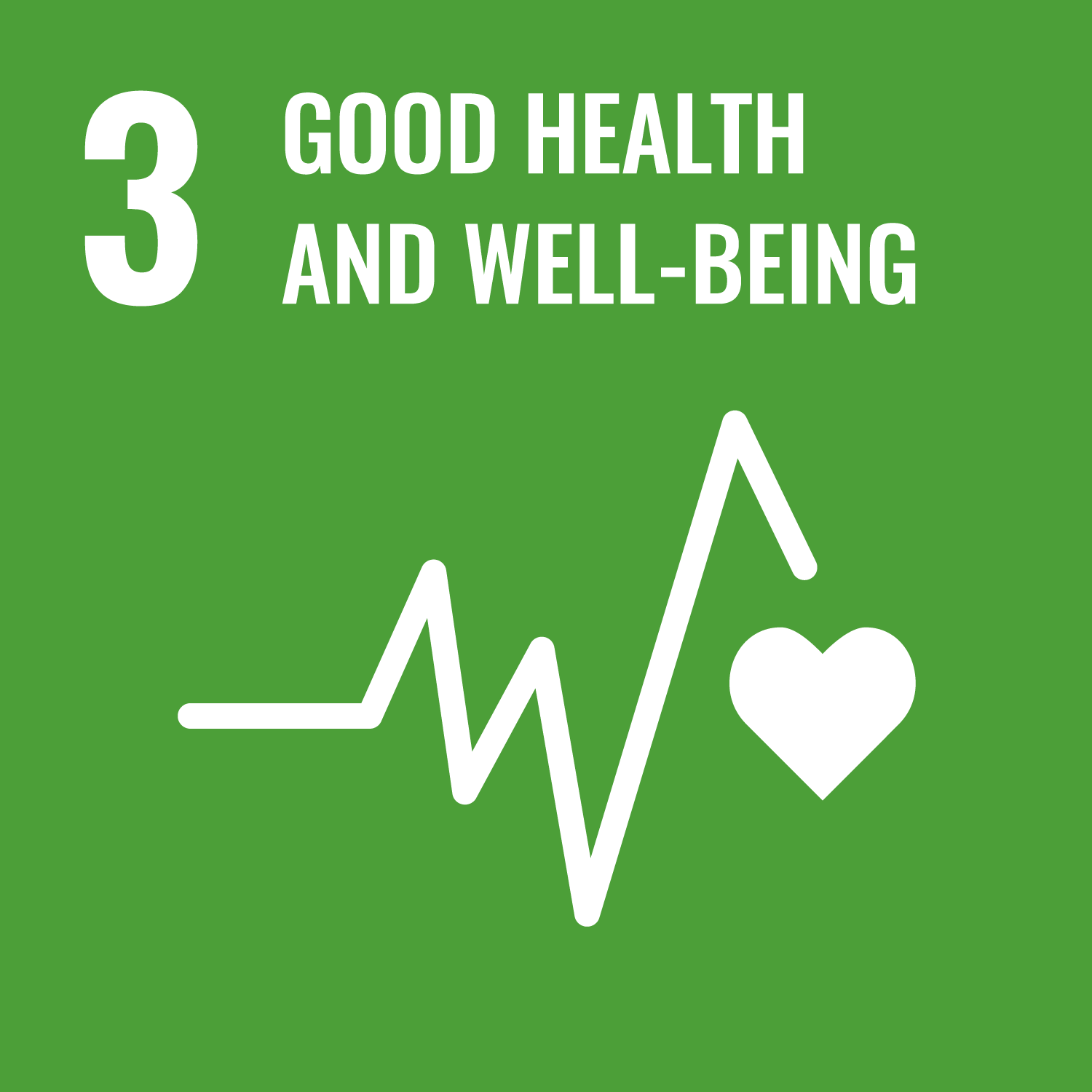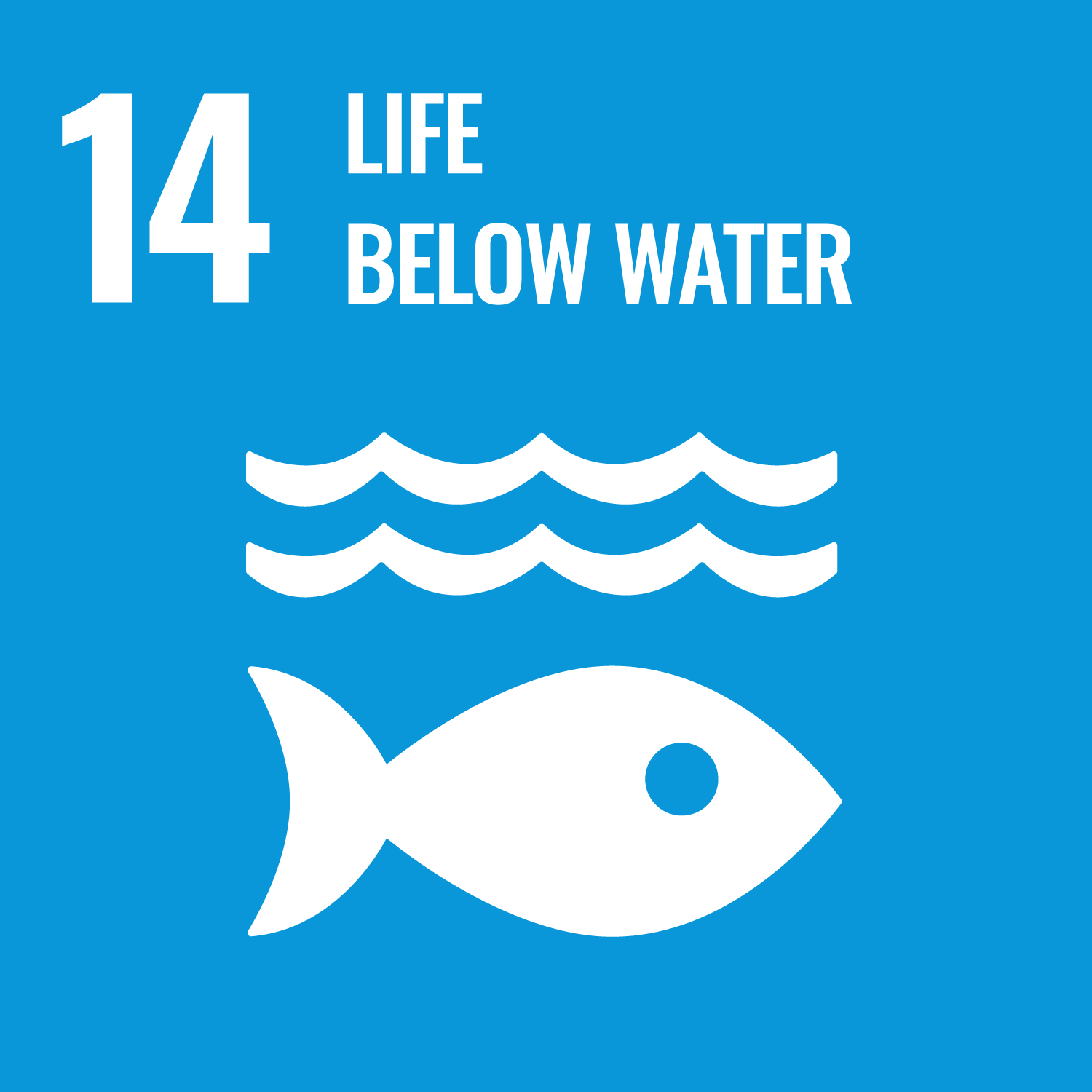ORCID
- Adam Rees: 0000-0002-0179-3079
- Benjamin J. Ciotti: 0000-0001-5769-1437
- Peter Davies: 0000-0003-3739-5352
- Alice Hall: 0000-0002-1048-3101
- Emma V. Sheehan: 0000-0002-1066-8237
Abstract
Offshore ocean aquaculture is expanding globally to meet the growing demand for sustainable food production. At the United Kingdom's largest longline mussel farm, we assessed the potential for the farm to improve the habitat suitability for commercially important crustaceans. Modelled distribution patterns (GAM & GLM) predicted the low complexity seabed beneath the mussel farm was 34–94 % less suitable for European lobster (Homarus gammarus) and brown crab (Cancer pagurus) than nearby rocky reefs. The mussel farm operations, however, contributed large amounts of living mussels and shell material to the seabed. Acoustic telemetry revealed that H.gammarus remained within the farm for between 2 and 283 days using both the farm anchors and areas of seabed dominated by fallen mussels for refuge. In contrast, C. pagurus movements showed no affinity to either the farm infrastructure or benthic habitat under the farm. Stable isotope analysis indicated a high dietary niche overlap in C. pagurus and H. gammarus (67.8 and 84.6 %) between the mussel farm (mixed muddy sediment) and nearby rocky reef. Our mixed-methods suggest that the mussel farm augments structural complexity on the seabed providing refuge and similar feeding opportunities for lobster and crab as their typical habitat on rocky reefs. Longline mussel farms can deliver profound biodiversity-positive effects through biogenic augmentation of degraded habitat for commercial species and potential for co-benefits to local fisheries.
DOI Link
Publication Date
2024-11-15
Publication Title
Science of the Total Environment
Volume
951
ISSN
0048-9697
Acceptance Date
2024-07-21
Deposit Date
2024-08-30
Funding
Funding provided by the European Maritime and Fisheries Fund, and Dorset and East Devon Fisheries Local Action Group. Offshore Shellfish Ltd. and the Lyme Bay Fishermen provided significant logistical support.
Additional Links
Keywords
Acoustic telemetry, Crab, Lobster, Offshore aquaculture, Spatial ecology, Bivalvia/physiology, Brachyura, United Kingdom, Crustacea, Animals, Ecosystem, Nephropidae, Aquaculture, Conservation of Natural Resources/methods
Creative Commons License

This work is licensed under a Creative Commons Attribution 4.0 International License.
Recommended Citation
Stamp, T., Pittman, S., Holmes, L., Rees, A., Ciotti, B., Thatcher, H., Davies, P., Hall, A., Wells, G., Olczak, A., & Sheehan, E. (2024) 'Restorative function of offshore longline mussel farms with ecological benefits for commercial crustacean species', Science of the Total Environment, 951. Available at: 10.1016/j.scitotenv.2024.174987




